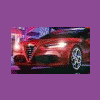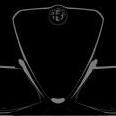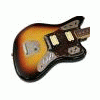Toyota: Hybrid System II - 2.0 Dynamic Force - Direct Shift-CVT per auto non ibride - Nuovo 6 rapporti manuale
-
Contenuti simili
-
- 12 risposte
- 2272 visite
-
Vademecum per chi inizia la guida di una vettura ibrida 1 2
Pubblicato da SeSar,
- consumare meno con un ibrida
- ibrido
- (e 5 altri in più)
- 18 risposte
- 105576 visite
-
- 17 risposte
- 2165 visite
-
-
-








.thumb.jpg.902d2a4f20a129e92b6f6920407b81bd.jpg)













Messaggi Raccomandati:
Crea un account o accedi per lasciare un commento
Devi essere iscritto per commentare e visualizzare le sezioni protette!
Crea un account
Iscriviti nella nostra community. È facile!
Registra un nuovo accountAccedi
Sei già registrato? Accedi qui.
Accedi Ora